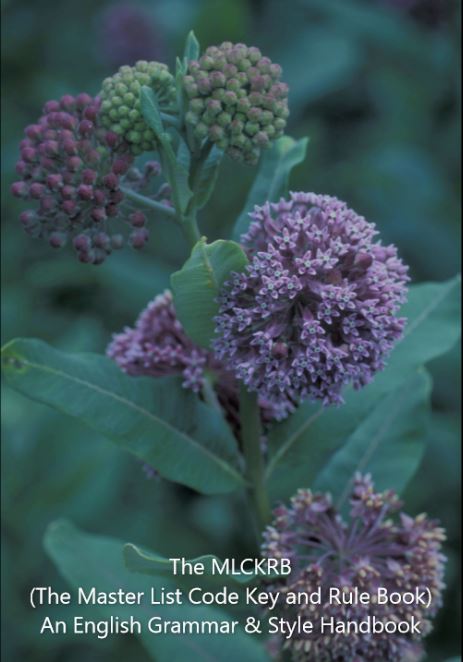
Tác giả: Jared Aragona
Nhà xuất bản: Project Gutenberg
Thể loại: Ngôn ngữ
Định dạng: Epub
Lượt xem: 4647
Ngày cập nhật: 14/04/2021
I. (A) SENTENCE STRUCTURE
II. (B) SUBJECT-VERB AGREEMENT
III. (C) VERB ISSUES
IV. (D) CAPITALIZATION
V. (E) PRONOUN ISSUES
VI. (F) MODIFIER ISSUES
VII. (G) END PUNCTUATION
VIII. (H) COMMAS
IX. (I) SEMICOLONS
X. (J) COLONS
XI. (K) QUOTATION MARKS AND CITATION
XII. (L) APOSTROPHES
XIII. (M) PARENTHESES
XIV. (N) HYPHENS
XV. (O) DASHES
XVI. (P) WORD ISSUES
XVII. (Q) PARALLELISM
XVIII. (R) ITALICS / UNDERLINING
XIX. (S) NUMBERS